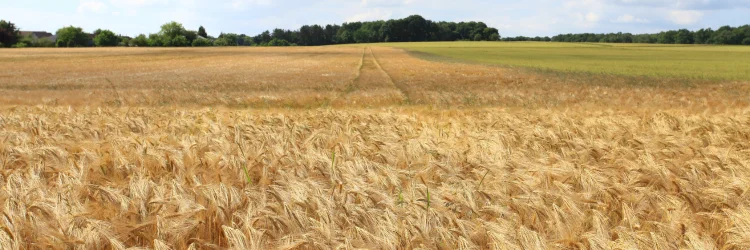- 39 New London Turnpike Suite 120 Glastonbury, CT 06033

A Pilot Study of Chlormequat in Food and Urine from Adults in the United States from 2017 to 2023
Journal of Exposure Science & Environmental Epidemiology February 15, 2024; epub
Alexis M. Temkin, Sydney Evans, Demetri D. Spyropoulos, Olga V. Naidenko: from the Environmental Working Group, Washington, DC, and the Medical University of South Carolina. This study cites 22 references
This pilot study measured levels of chlormequat in urine of individuals from three geographic regions within the U.S. from 2017 to 2023, as well as levels of chlormequat in oat and wheat-based products purchased in the U.S. in 2022 and 2023.
This is the first report of urinary chlormequat measurements in adults residing in the U.S.
KEY POINTS FROM THIS ARTICLE:
1) “Chlormequat chloride is a plant growth regulator whose use on grain crops is on the rise in North America.”
2) “Chlormequat acts to decrease stem height, thereby reducing the likelihood of crops bending over, which can make harvesting difficult.”
3) “Toxicological studies suggest that exposure to chlormequat can reduce fertility and harm the developing fetus at doses lower than those used by regulatory agencies to set allowable daily intake levels.”
4) “In the UK and European Union, chlormequat is often the most detected pesticide residue in grains and cereals, as documented by monitoring surveys spanning several years.”
5) “Despite being approved for use on crops in Europe and parts of North America, chlormequat exhibits concerning toxicological properties, as documented in historical as well as more recently published laboratory animal studies.”
6) The impacts of chlormequat exposure include:
7) Toxicological studies indicate chlormequat drives the development of the reproductive and the endocrine systems.
8) “In general population samples from the United Kingdom and Sweden, chlormequat was detected in the urine of nearly 100 percent of study participants at frequencies and concentrations considerably higher than for metabolites of other pesticides.”
9) “The potential presence of chemicals associated with reproductive harm in serum and milk has important implications for exposures during pregnancy and to infants.”
10) “Pesticide biomonitoring in over 1000 adolescents from Sweden documented 100% detection frequencies of chlormequat from 2000 to 2017.”
11) Oat products contained chlormequat more frequently than wheat products.
12) In food samples from the United Kingdom, chlormequat is far more prevalent in wheat-based products such as bread in which 90% of samples collected had detectable levels of chlormequat.
13) There is no monitoring of chlormequat in food products in the U.S.
14) “Regulatory thresholds do not consider the adverse effects of mixtures of chemicals that may impact the reproductive system, which have been shown to cause additive or synergistic effects at doses lower than for individual chemical exposures, raising concerns about the potential health effects associated with current exposure levels, especially for individuals on the higher end of exposure in general populations of Europe and the U.S.”
15) Findings:
16) “This pilot investigation into an emerging chemical exposure within the U.S. indicates that chlormequat chloride is present in the U.S. food supply, primarily in oat-based products, and is detectable in a majority of urine samples collected from nearly 100 individuals in the U.S., suggesting continuous exposure.”
17) “The significantly higher concentrations of chlormequat in the 2023 urine samples compared to earlier years may reflect the likely recent introduction of chlormequat into the U.S. food supply due to EPA regulatory action changes involving chlormequat, including establishing limits on chlormequat in food in 2018 and raising those limits for oats in 2020.”

39 New London Turnpike Suite 120
Glastonbury, CT 06033
